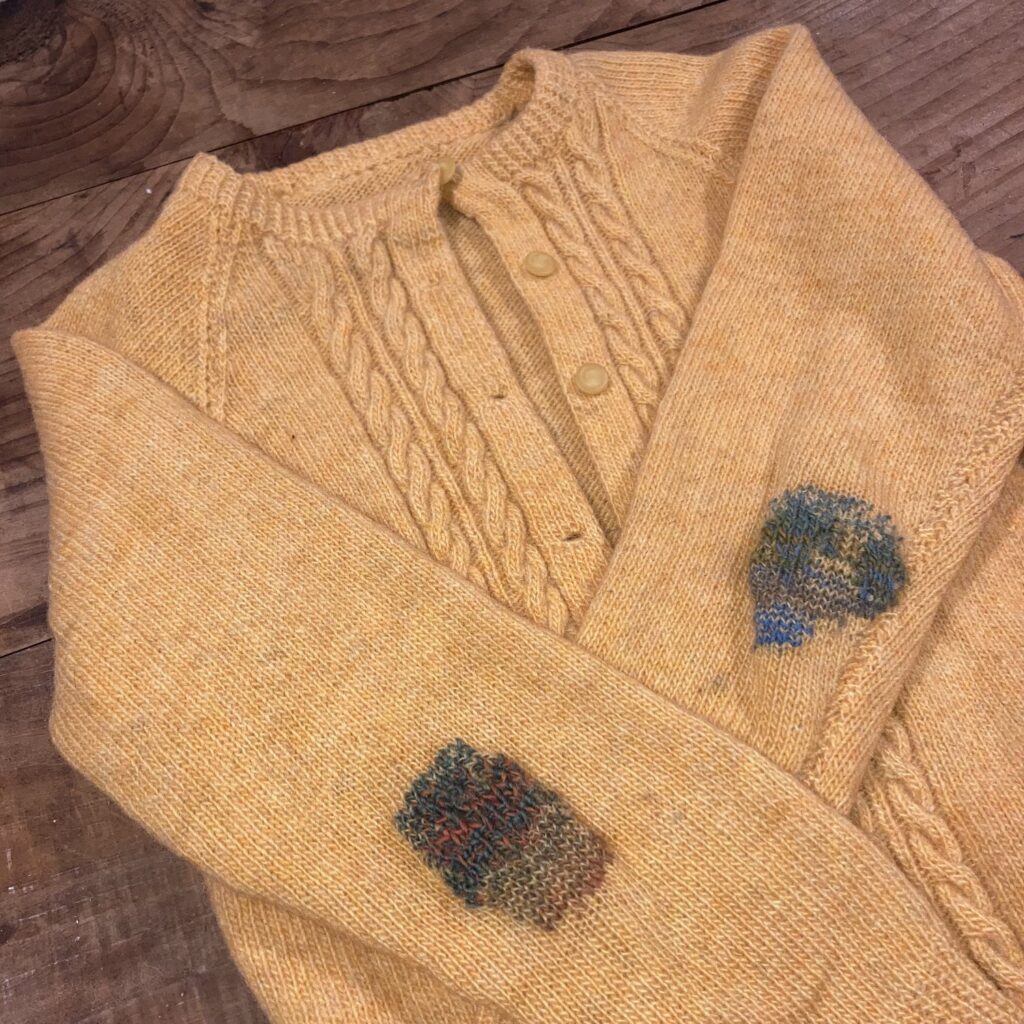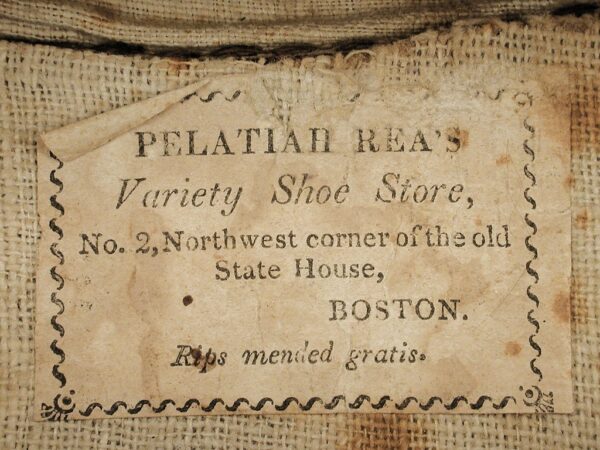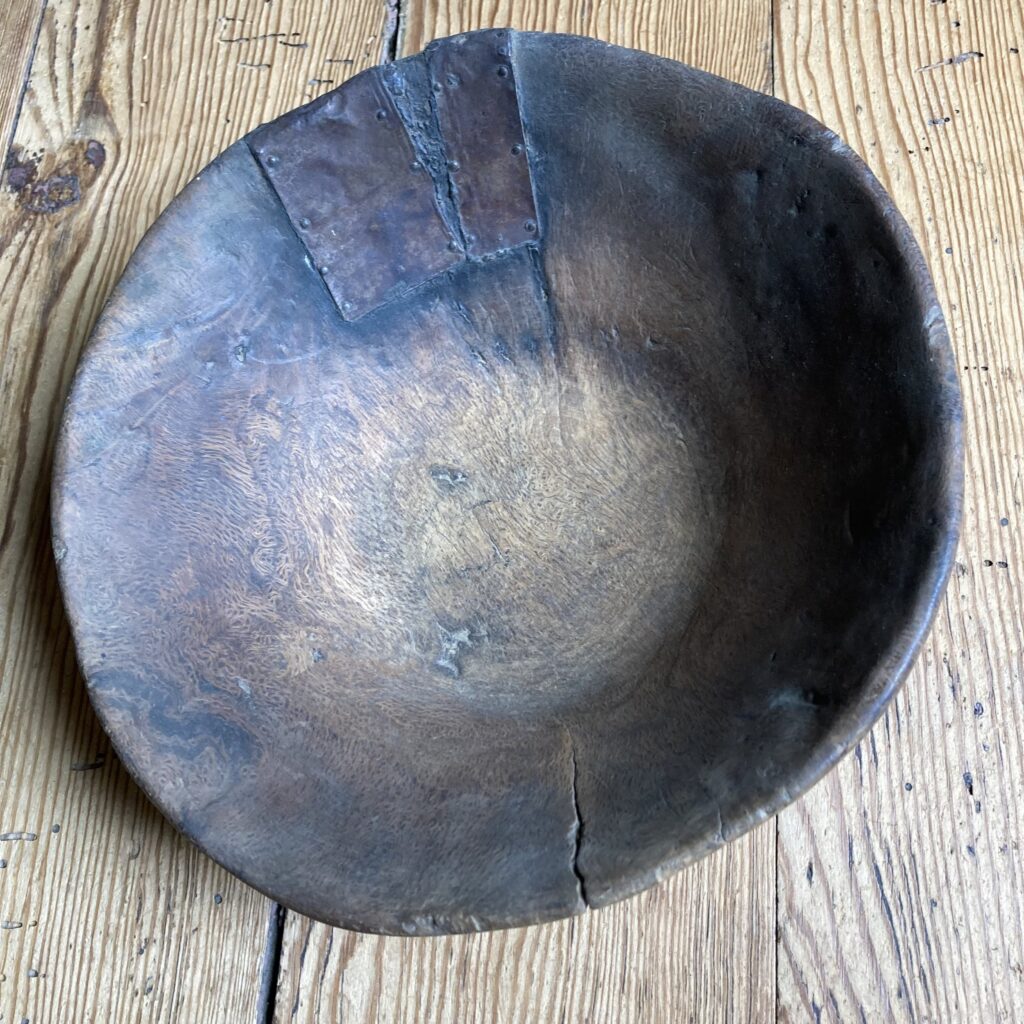In the spring of 2020, I was one of the many people who sought to learn a new skill as a way to pass the long hours at home. My pandemic hobby was darning. When I went online in search of tutorials and videos that would teach me to repair the worn out heels of my old wool socks, I discovered to my surprise that darning was actually in!

“Visible mending” is part of a larger movement toward embracing repair and reuse that has been building over the past decade. At pop-up repair events in big cities and smaller towns throughout the world, volunteers help attendees with repairs ranging from fixing broken zippers to rewiring lamps. Meanwhile, the Right to Repair movement in the United States and in Europe advocates for legislation that will require manufacturers to make electronics easier for consumers to repair. As the climate crisis becomes ever more alarming, many people are beginning to scrutinize their own consumption habits and questioning their reliance on cheap disposable goods. Extending the life of our clothing and household items through mending and repair is another way to reduce our carbon footprint and send fewer things to the landfill.
But mending is nothing new. When everything was made by hand, from your clothing to your chairs to your pots and pans, repairing your worn out or broken household goods was a given. Over the past century, mass production made clothing and consumer goods ever cheaper to buy, while planned obsolescence as a marketing strategy persuaded us to buy the next new thing. Gradually most of us abandoned the practice of repairing our possessions and many of these skills were all but forgotten.

All manner of repairs can be found among the objects in Historic Deerfield’s collection, from clothing to cookware. Holes in both sleeves of this striped linen short gown have been patched from the inside with matching fabric. The edges of the holes have been neatly finished to prevent further fraying.

Wooden tablewares, known as treen, were relatively inexpensive, yet this bowl’s onetime owner still considered it worth repairing. Two small pieces of iron have been tacked on to repair cracks in the rim.

In these days of electric stoves and packaged food, it’s hard to imagine ever wearing out a pan, much less going to the trouble of repairing it, but this frying pan was patched after a hole was melted right through the bottom.

This salt-glazed stoneware jug features an unusual repair; an iron band has been attached to reinforce a cracked rim.

Holes in this blue and white checked blanket were darned with blue yarn.

While many of these repairs are simple and utilitarian, sometimes repairs can be quite elegant, and even enhance an object’s beauty and value. This delftware mug has been repaired with the addition of a silver rim to conceal chips acquired through regular use.

I hope these examples of repairs from the museum’s collection will inspire you to try your hand at mending something rather than tossing it in the bin. And next time you visit Historic Deerfield, see if you can spot any other clever repairs. There are many more to be found in the historic houses and galleries!